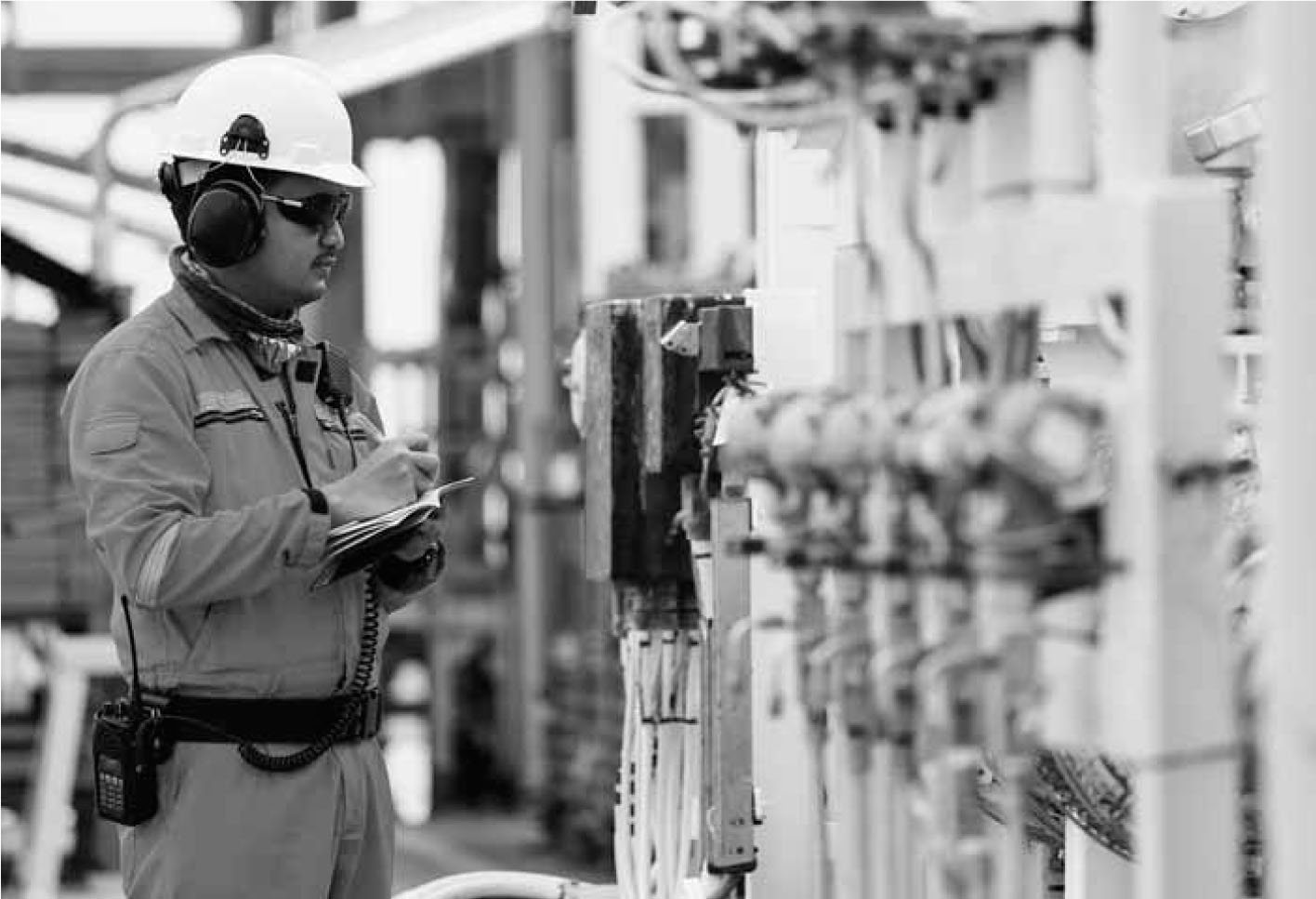
Enhancing the operational efficiency of power plants as well as lowering their emission levels is the need of the hour. Various advanced technology solutions are being adopted by power plant developers to obtain the desired results. Testing and measurement (T&M) solutions, wherein sensors and analysers are deployed to keep track of desired plant parameters, are being widely deployed at power plants. These solutions help in maintaining efficient combustion by regulating the air-fuel mix and boiler conditions. Continuous emission monitoring systems (CEMSs) are also useful in keeping track of emission levels and taking swift corrective measures.
Efficient combustion
Efficient fuel combustion is essential for cost-effective power generation and reduction of emission from a power plant. While sufficient air must be fed into the furnace to achieve complete coal combustion, too much air has the undesirable side effect of promoting NOx formation as more oxygen becomes available in the high temperature region of the flame. Raising the amount of air also lowers overall plant efficiency, as the increased volume of air flowing through the boiler leads to increased fan power consumption and greater heat losses with the larger volume of flue gas.
Finding the right air-fuel mix in order to support efficient combustion is a challenge. Controlling the air supplied to the combustion process is a fine balancing act. The ideal situation is to achieve a fuel to air ratio that minimises air as far as possible. However, operating at this point can present the risk of a plant running outside of its design parameters, wherein there may be too little air or excessive air.
One of the solutions for maintaining the right air-fuel mix is monitoring the flue gas oxygen. The level of oxygen present in the combustion waste gas is a key indicator of the amount of air supplied to the process. Oxygen measurement is, therefore, critical when optimising combustion for maximum efficiency. This can be done by using combustion gas oxygen analysers, which accurately measure the oxygen content in the combustion gas. Furthermore, these analysers can be used in conjunction with flow meters to regulate the amount of air supplied to the burner. Actuators can also be used to operate the plant at the optimum ratio of fuel, air and operating pressure. Improving the range and accuracy of the sensor information available from the boiler as well as using advanced control systems to maintain a balance between boiler variables and the optimum input settings for any given situation is also useful. In addition to this, sodium is a key parameter measured in the boiler. A highly sensitive online sodium monitor is needed to measure the sodium levels in critical dissolved compounds.
Emission monitoring
Gaseous emissions from the stack are one of the biggest sources of pollution from a typical power plant. The pollutants of most concern are NOx, SO2 and CO. With the tightening of emission norms, continuous emission monitoring systems are required to measure the emissions directly. Modern power plants follow optimised combustion technologies and deploy sophisticated flue gas cleaning lines. Apart from this, CEMSs are useful in assessing the emission level of a power plant.
CEMSs usually employ complex extractive analysers, which remove a flue gas sample from the duct and use a series of individual gas sensor modules or more advanced spectroscopic techniques to determine the composition. These sensitive analytical techniques require sample conditioning to avoid acidic condensation in the instrument, such as dilution with clean air, cooling to remove moisture, or heating the entire apparatus to above the dew point. Although stack measurements can be used in combustion control, it is preferable to analyse flue gas as close to the combustion process as possible and at multiple locations in order to detect imbalances across the furnace. Such in-situ analysis can take the form of sensors placed directly in the flue gas, or line-of-sight optical absorption measurements in which a transmitter and a receiver are placed on either side of the duct or furnace. Various analytical methods are deployed for measuring and managing emissions from power plants. Paramagnetic analysers or electrochemical cells are useful in measurement of various plant parameters.
Apart from this, measuring the efficiency of the various emission control devices used in a plant is also essential. Analysers and probes are used to measure the efficiency of the selective catalytic reduction (SCR) process. NOx and O2 are measured at the inlet and outlet to calculate the SCR removal efficiency. Besides this, often ammonia is monitored at the outlet to ensure that the ammonia slip is low so as to meet the emission limits and control contamination.
Another vital aspect of emission control in power plant operations is dust removal. It is therefore essential to also monitor dust removal efficiency in a power plant. Flue gases from coal-fired combustion are loaded with particulate matter, which must be cleaned before they are released into the atmosphere. This is done with an electrostatic precipitator or fabric filters. Correct operation of the filter is checked by continuously monitoring the dust concentration after the filter. Dust concentration or opacity is measured in the stack emissions from a coal-fired power plant.
 Monitoring feedwater
Monitoring feedwater
In order to achieve optimum performance of a coal-fired power plant, careful monitoring of the quality of water and steam in the feedwater is essential. Multiple chemicals need to be monitored and controlled for optimum steam raising efficiency. Dissolved oxygen in the feedwater can cause pitting in the boiler, reducing its operating life. Dosing the feedwater with hydrazine reduces oxygen to form nitrogen and water. However, excess hydrazine is wasteful and costly, whereas too little is unable to adequately control the dissolved oxygen levels. Moreover, at high temperatures and pressures, ammonia is formed, which raises the feedwater pH level, increasing the risk of corrosion. Besides this, silica too can hamper heat transfer efficiency and increase the risk of turbine malfunction by its precipitation on the blades. In order to tackle this, pH analysers for monitoring feedwater acidity or alkalinity and conductivity analysers to measure ionic content are used. By indicating the level of contamination, these can be used to decide the type and duration of treatment required. These are also useful in minimising boiler erosion.
Conclusion
In sum, T&M of various power plant processes are vital for maintaining the operational efficiency of a power plant as well as lowering and maintaining emission levels. However, while adopting any T&M solution in a power plant, it is essential to take into account various parameters such as the type of fuel used, the size of the plant, the age of the plant and the location of the plant. This would go a long way in obtaining cost-effective outcomes from the investment undertaken.
